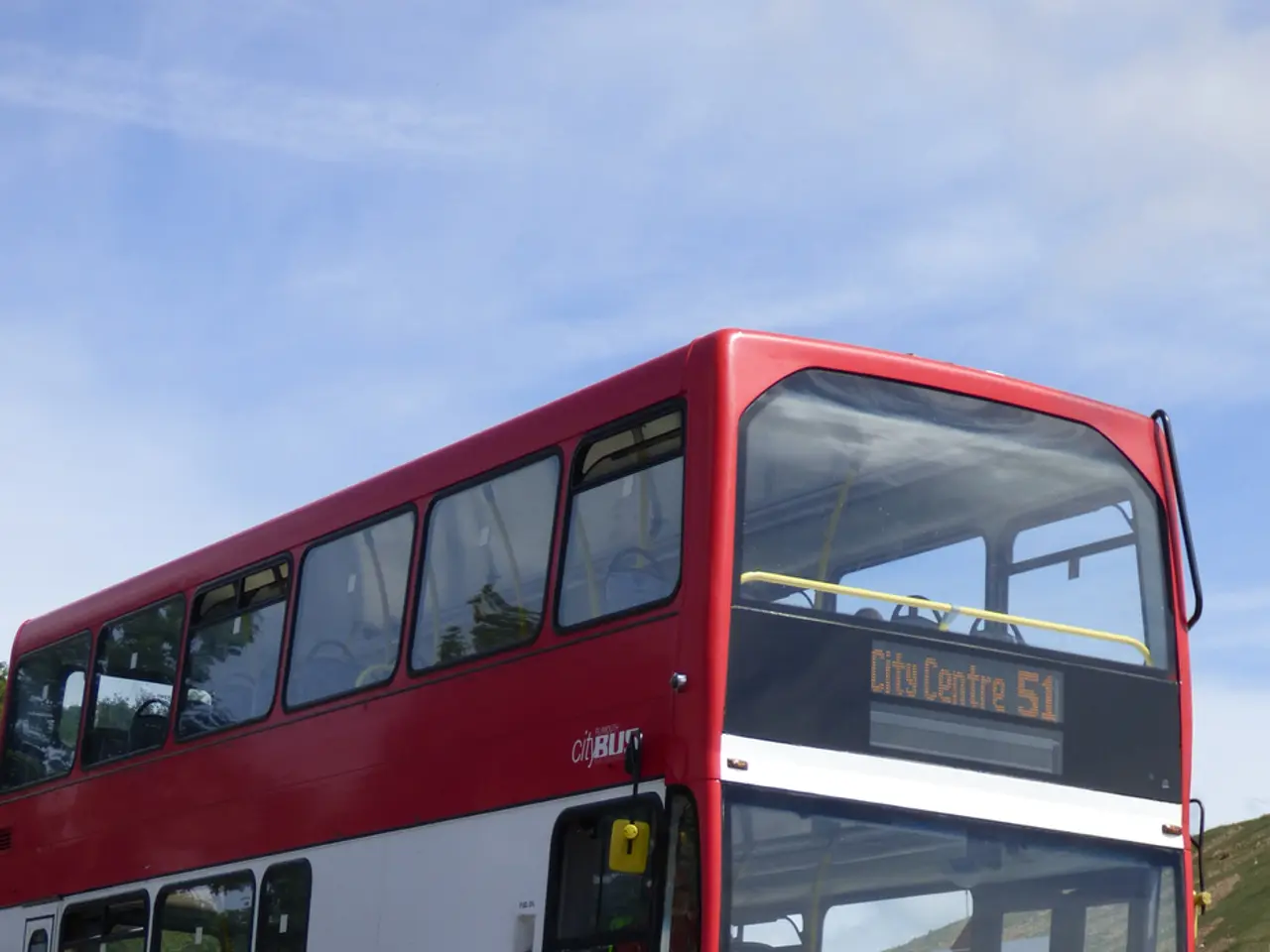Exploring Intelligent Mobility through Interactive Experiences at 'MiniSchanz'
=====================================================================
The University of Ingolstadt has unveiled a groundbreaking urban simulation platform called "MiniSchanz". This hybrid system, led by Professor Stefanie Schmidtner, seamlessly merges a physical city model with digital simulation and artificial intelligence (AI) technology.
"MiniSchanz" is a six-square-meter demonstration platform that provides answers to tomorrow's mobility questions today. The city model, a 3D-printed replica of Ingolstadt, serves as the physical representation of urban streets, intersections, and infrastructure.
An integrated digital twin or simulation engine mimics real-world traffic patterns, often fed by live sensor data. AI algorithms analyze incoming traffic data and simulate possible traffic scenarios, allowing for the interactive influence on traffic flows. This includes the ability to close roads, adjust traffic volume, or reroute vehicles in real-time.
The AI acts as a smart controller, processing complex traffic data and predicting outcomes of interventions on traffic conditions. This enables urban planners or operators to test traffic management strategies and optimize flow in response to real-time conditions, helping to reduce congestion and improve mobility.
The visualization in "MiniSchanz" is interactively controllable through a student project. Four ceiling projectors are used to cast simulated traffic onto the physical model, providing real-time feedback that reflects changes dynamically.
Recently, students in the Master's program in Artificial Intelligence, under the guidance of doctoral student Alexander Horn, integrated an AI-assisted gesture control and object recognition into the "MiniSchanz" system. This innovation allows for intuitive influence on the simulation, further enhancing the platform's potential for sustainable and efficient solutions in the areas of mobility and traffic control.
Professor Schmidtner explains that "MiniSchanz" demonstrates how artificial intelligence becomes tangible when placed in concrete societal contexts, bridging the gap between research and teaching. The project serves as a testament to the university's commitment to fostering innovation and driving progress in urban planning and traffic management.
- The University of Ingolstadt's project, MiniSchanz, blends artificial-intelligence technology with education-and-self-development, as students in the Master's program in Artificial Intelligence are now working on integrating AI-assisted gesture control and object recognition into the system.
- In conjunction with the physical city model and digital simulation, the learning opportunity provided by MiniSchanz extends to education-and-self-development, as participants can observe, analyze, and interact with artificial-intelligence algorithms simulating traffic patterns and urban traffic management scenarios.




